Anatomy Of A Habit: 10 Excuses That No Longer Work. Or Do They?
ANATOMY OF A HABIT: 10 EXCUSES THAT NO LONGER WORK. OR DO THEY? (Issue 43)
By Diane Gold
A habit is a fascinating little “acquired behavior pattern regularly followed until it becomes almost involuntary,” according to the dictionary from Ask.com (owned by InterActive Corp., new owner of About.com, bought from The New York Times last week. Understanding the credentials of the dictionary I am using somewhat helps me evaluate the definition I am putting to print).
Since this definition of “habit” correlates well with Charles Duhigg’s The Power Of Habit, which I am reading, I am satisfied that it is a good representation of what a habit is.
 Since I am about to speak on animal experiments, let me say that I applaud any research that does not involve the use of animals (gorillas already have rights) , that any animal should have the right to live a leisurely life in a posh facility as a reward if s/he has donated her time to human science;
Since I am about to speak on animal experiments, let me say that I applaud any research that does not involve the use of animals (gorillas already have rights) , that any animal should have the right to live a leisurely life in a posh facility as a reward if s/he has donated her time to human science;
computer simulation or sculpture as education should be used instead of working with animals; and any facility that uses animals should have a mandatory residence with services and staff for aged-out animals that has been paid for up front in case the facility loses funding. Now on with the article.
 In Charles Duhigg’s book, cited above, he talks about experiments done by the National Institute on Alcohol Abuse and Alcoholism, where they studied habits using mice. They gave the mice a cue – which is the first of the three-part make-up of a habit – and, thus, created a habit. When the mice had learned to successfully respond to the cue, in this case, pull a lever, they were rewarded with food. This went on until it was quite routine for the cue, the action (the second part in the habit cycle) and the reward (the 3rd piece of the cycle).
In Charles Duhigg’s book, cited above, he talks about experiments done by the National Institute on Alcohol Abuse and Alcoholism, where they studied habits using mice. They gave the mice a cue – which is the first of the three-part make-up of a habit – and, thus, created a habit. When the mice had learned to successfully respond to the cue, in this case, pull a lever, they were rewarded with food. This went on until it was quite routine for the cue, the action (the second part in the habit cycle) and the reward (the 3rd piece of the cycle).
Phase 2 in the study involved poisoning the food so that the mice got sick upon eating it. The floor that led to the food was also electrified, causing a shock to the mice if they walked on it. They stopped going for the food and walking on the floor. Until they were shown their cue again. Then, automatically, because the habit was so ingrained in them, they walked on the floor, got shocked, ate the poisoned food and vomited.
This behavior is so common in humans, and we now know it is the pathways in our brain that get embedded with habits, not all the environmental stuff we always blame. When we feel the rise of a particular hormone in our bodies, this is our cue. We begin craving whatever it is we have trained ourselves to crave. We have two choices. Go get the reward we have trained ourselves to get, or go do something that will replace the old reward. Yes, we can create new habits, but we have to begin doing just that.
Click the image below for help at WarriorsOfWeight Consulting. .
.
Duhigg, in his The Power of Habit writes an accounting of Wolfram Schultz, a neuroscience professor who worked with macaques. Using the same cue, acquired action, reward system; Schultz taught Julio, an 8-pound macaque, to touch a lever when he saw a particular cue.
 For this action, he would get a reward of juice. After repeating this cycle – cue, acquired action (Duhigg calls this “routine”), reward – touching the lever to get his reward became an ingrained habit.
For this action, he would get a reward of juice. After repeating this cycle – cue, acquired action (Duhigg calls this “routine”), reward – touching the lever to get his reward became an ingrained habit.
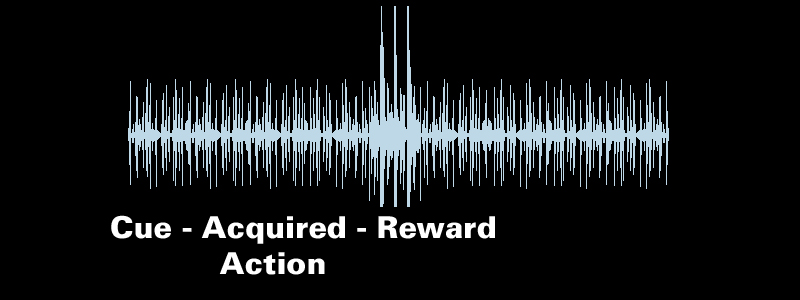 Schultz had had an electrode placed in Julio’s brain to read his neurological activity. It showed that Julio would get excited or happy when he got his reward. More activity at reward time in this simulation.
Schultz had had an electrode placed in Julio’s brain to read his neurological activity. It showed that Julio would get excited or happy when he got his reward. More activity at reward time in this simulation.
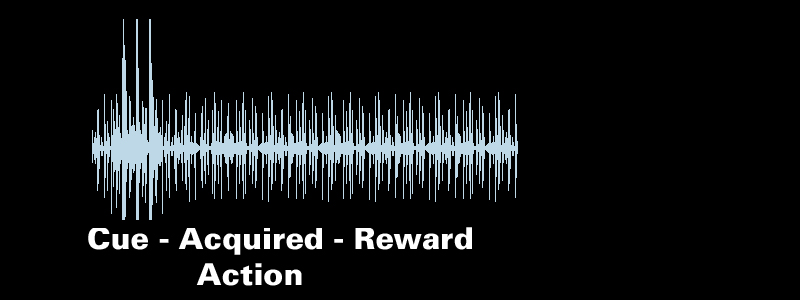 As Julio’s habit became stronger, from more time doing the same behavior, his neurological activity changed. The spike in activity came from anticipating his reward. So the cue became the trigger. The excitement that used to come from the reward was now coming when he saw the cue (in this case, it was visual). Ah, primates! How alike we all are.
As Julio’s habit became stronger, from more time doing the same behavior, his neurological activity changed. The spike in activity came from anticipating his reward. So the cue became the trigger. The excitement that used to come from the reward was now coming when he saw the cue (in this case, it was visual). Ah, primates! How alike we all are.
This sounds like all of us who have walked through fire to satisfy our habits, whether candy, drugs, bread, gambling, being late, staying lethargic, a relationship, a lifestyle. Of course, everyone is different. And changing a behavior is different in each of us. And there are so many factors involved as there are chemical levels in our body, tendencies in our heredity, environmental cues that are habits we are not aware of, and more.
There are so many questions that arise from hearing about habits. Why does one of two twins raised in the same household have a more difficult time changing a habit than her twin? So many reasons.
EXCUSES
Let’s talk about excuses. Many of us come up with reasons why we are habitual. How true can these be if our neurons change automatically with repetition? Does that mean that all the following excuses have to be thrown out?
1) I drink because my mother was mean to me.
2) I overeat because I was an only child.
3) I gamble because we were poor.
4) I have excessive behavior because I was sent away to boarding school.
5) I compulsively shop because they fed us junk food in school.
6) I hoard things in my house because my friends didn’t like me.
7) I overmedicate because my grand aunt did.
8) I steal clothing all the time because I was abused.
9) I will always be late because we ate fast food at home every night.
10) I have an excuse because my parents weren’t ever home when I came home from school.
We all have used an excuse for our behavior. Most of us have, anyway. Can an adult habit be attributed to a childhood experience? Probably yes, but proclaiming it is not going to change the habit.
HABIT CONTROL
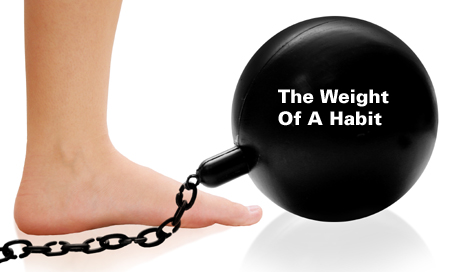 Let’s talk about Julio, the macaque, again. He had a strong habit. When the professor took away his reward or reduced the sugar content in his juice, he would become angry or depressed. He was hard to distract even when he was given the opportunity to go out of the experiment area and socialize with others because he was busy having an urge for what had been taken away. He continued to stay near his computer monitor which had given him the visual cue, continued to press the lever that had previously given him his reward, craving his reward.
Let’s talk about Julio, the macaque, again. He had a strong habit. When the professor took away his reward or reduced the sugar content in his juice, he would become angry or depressed. He was hard to distract even when he was given the opportunity to go out of the experiment area and socialize with others because he was busy having an urge for what had been taken away. He continued to stay near his computer monitor which had given him the visual cue, continued to press the lever that had previously given him his reward, craving his reward.
Other macaques who had gone through the same sequence of creating the habit but who did not reinforce it over and over again through a long period of time were easily distracted and broke the habit immediately. When given the chance to go out and socialize, they were just as happy to do that as to push a lever and get juice.
CONCLUSION: HABIT CHANGE
The only way to make a change is to do it consciously. According to Duhigg’s Change A Habit chart, when we feel the cue, we need to choose a different reward. That’s why deprivation is so hard. That’s replacing something with nothing. That doesn’t usually do it. Replacing what we used to do with something new like reaching out, talking, dancing, doing martial arts, meditation, running, swimming, eating salad, drinking water, just might do it. We are so different, but we are so much the same.
Knowing that all our excuses are not the real reason we crave shouldn’t matter. Our experiences, wrapped up in these excuses, certainly have an impact on the habits we have formed. If we are too sad to go to school, we never get to college because we don’t have a high school diploma. If we were not taught about nutrition, we probably have hugely unhealthy habits. This lack of food education does not create the craving, itself, but because of the lack of education, we may have created certain pathways in eating habits we may need to change.
ACTION STEP
There’s no way around it. No matter why we have a habit, if it’s time to change it, DO IT NOW. The sooner we start, the sooner we change.
___
If you just want to talk about it, we can help at WarriorsofWeight Consulting. We are ready, willing, experienced. Are you?
 GO AHEAD. CLICK THE ENTER SIGN IN THE DOORWAY.
GO AHEAD. CLICK THE ENTER SIGN IN THE DOORWAY.
___
FEEDBACK
Please leave a comment and LIKE below.
DIANE GOLD, AUTHOR
Diane Gold, Founder of Warriors of Weight, Moms For Healthy Daughters, is a mentor in tai chi, kung fu and meditation, a music, fitness and stress expert and a dedicated mom.
The more she reads and talks to people, the more she sees how much we are the same. Diane says,
“Today is the day we can change one habit. It won’t happen overnight, and it will take conscious effort. It doesn’t have to be difficult. It just has to be consistent. Easy and consistent. That’s it. Pick a habit, and plan a new move in advance. That way, the next time that physical trigger (the cue) starts the habit cycle, we can instantly start forming our new habit.”

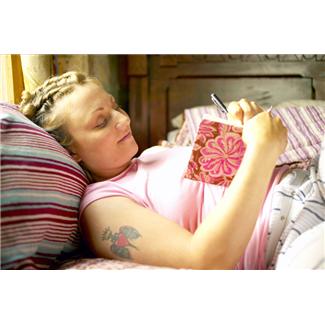 Did you ever think about Writing For Weight Loss or any other reason and the benefits writing can have on our habits and our lives?
Did you ever think about Writing For Weight Loss or any other reason and the benefits writing can have on our habits and our lives?
 The very act of sitting down to write takes us away from the refrigerator, the candy store, the menu for pizza. It should be a spot away from distraction and food, a place where we would have to be inconvenienced to get up and get food should we get the urge.
The very act of sitting down to write takes us away from the refrigerator, the candy store, the menu for pizza. It should be a spot away from distraction and food, a place where we would have to be inconvenienced to get up and get food should we get the urge. “Why did you teach someone to read?”
“Why did you teach someone to read?” OUR GREATEST PASSION
OUR GREATEST PASSION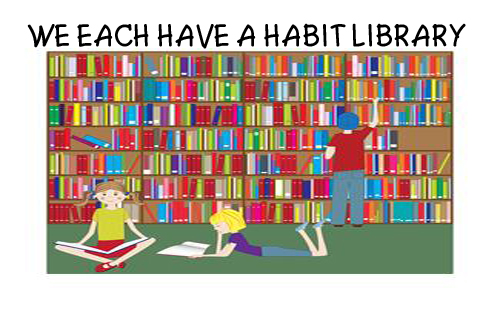 “…subconscious mechanisms…impact the countless choices that seem as if they’re products of well-reasoned thought, but actually are influenced by urges most of us barely recognize or understand,”
“…subconscious mechanisms…impact the countless choices that seem as if they’re products of well-reasoned thought, but actually are influenced by urges most of us barely recognize or understand,” We have to keep in mind that when we do something over and over, our synaptic pathways get worn in a certain way to crave and satisfy, which is why we always have a tendency to that particular habit. That’s why we have to form “parallel patterns” (in the words of Julia Layton, contributing writer at How Stuff Works) so that we become satisfied, replacing the old with the new behavior, eventually.
We have to keep in mind that when we do something over and over, our synaptic pathways get worn in a certain way to crave and satisfy, which is why we always have a tendency to that particular habit. That’s why we have to form “parallel patterns” (in the words of Julia Layton, contributing writer at How Stuff Works) so that we become satisfied, replacing the old with the new behavior, eventually.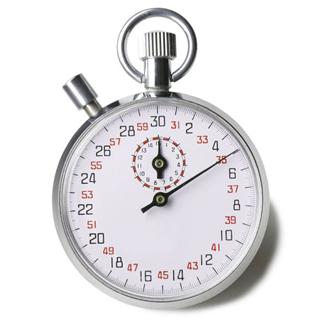 The trick is to do the new behavior within 30 seconds of getting the urge so that it doesn’t build up in the mind. Not allowing time to lapse will help us not to get sucked into the behavior we want to dump. That’s the key.
The trick is to do the new behavior within 30 seconds of getting the urge so that it doesn’t build up in the mind. Not allowing time to lapse will help us not to get sucked into the behavior we want to dump. That’s the key.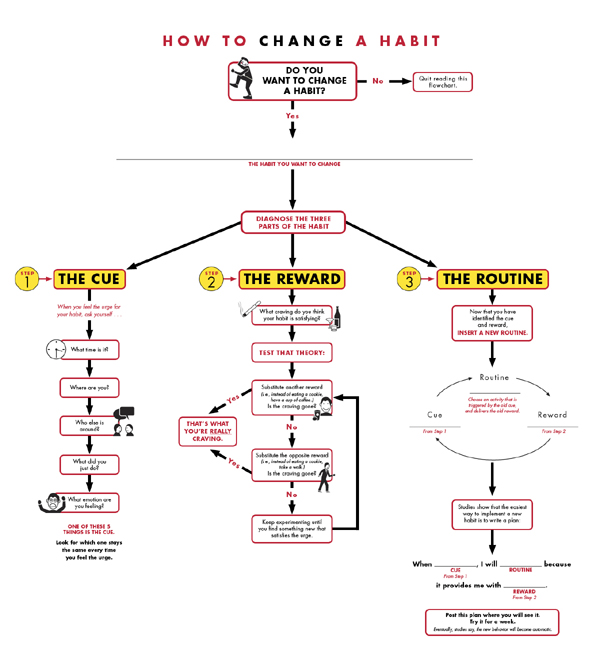
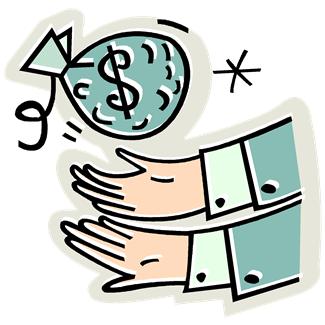 It’s OK to give to charity so that we feel good because the result is that someone gets.
It’s OK to give to charity so that we feel good because the result is that someone gets. It’s OK to give to charity because we want to show off and wear fancy clothes, get our picture in the Society section of our paper, compete with our neighbors or counterparts in charity; because the result is that if we give, someone gets.
It’s OK to give to charity because we want to show off and wear fancy clothes, get our picture in the Society section of our paper, compete with our neighbors or counterparts in charity; because the result is that if we give, someone gets.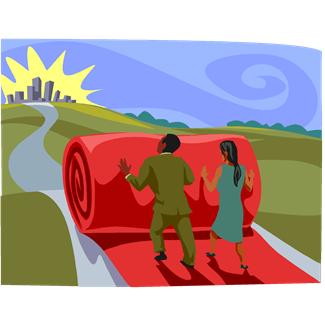 Our act of charity is separate from the dynamics of family life. Because we are working or socializing to help others, we don’t have enough time to worry about our home, our money, ourselves. We are too busy saying,
Our act of charity is separate from the dynamics of family life. Because we are working or socializing to help others, we don’t have enough time to worry about our home, our money, ourselves. We are too busy saying,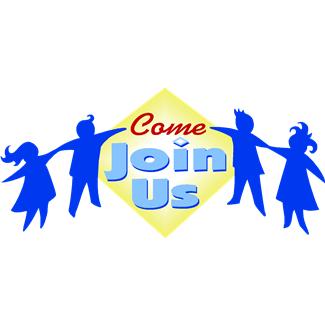
 Take a look at programs like Just Like My Child, a foundation that has brought the first doctor, the first roof and floor to any school in Uganda. Watch The Ron Clarke Story, a movie about a creative teacher who got through to dissatisfied have-not children in Harlem, NY by introducing them to wildly happy have-not children in South Africa as part of their education; or Big Cat Rescue in Tampa that saves large and small cats that have been abandoned or abused.
Take a look at programs like Just Like My Child, a foundation that has brought the first doctor, the first roof and floor to any school in Uganda. Watch The Ron Clarke Story, a movie about a creative teacher who got through to dissatisfied have-not children in Harlem, NY by introducing them to wildly happy have-not children in South Africa as part of their education; or Big Cat Rescue in Tampa that saves large and small cats that have been abandoned or abused. by Diane Gold on August 6, 2012.
by Diane Gold on August 6, 2012. Being in a new environment has given me a clean slate. It was a disruption in my life that has been freeing, energizing and eye opening. As a matter of fact, the training I do as a tai chi mentor works on the premise that every day is a new day and is an opportunity for a new beginning.
Being in a new environment has given me a clean slate. It was a disruption in my life that has been freeing, energizing and eye opening. As a matter of fact, the training I do as a tai chi mentor works on the premise that every day is a new day and is an opportunity for a new beginning.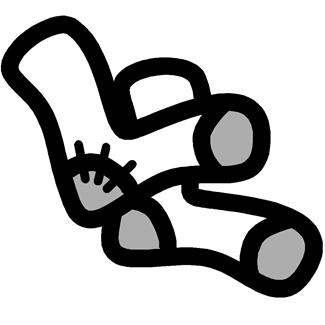 I gave away a pair of socks that belonged to a previous relationship I had. Who would have thought this would make a difference? But the actual removal of this tiny little item from my drawer caused me to feel an emotional blockage empty itself and feel free.
I gave away a pair of socks that belonged to a previous relationship I had. Who would have thought this would make a difference? But the actual removal of this tiny little item from my drawer caused me to feel an emotional blockage empty itself and feel free. One of the most amazing things my move taught me is the importance of living simply. The amount of boxes that were in each room actually inhibited my respiration, plus the adhesive holding the boxes together affected my breathing. The biggest factor was that the collection of “things” I had accumulated over the years was resident in my mind. I realized the importance of minimizing.
One of the most amazing things my move taught me is the importance of living simply. The amount of boxes that were in each room actually inhibited my respiration, plus the adhesive holding the boxes together affected my breathing. The biggest factor was that the collection of “things” I had accumulated over the years was resident in my mind. I realized the importance of minimizing. While I’m a HUGE advocate of exercise and all of its many benefits, I do not and will not recommend exercising like a nut, just so you can eat whatever you want. That’s self-defeating and ultimately results in poor exercise AND eating habits – especially when the weight goes nowhere fast… and eventually, it will, my friend.
While I’m a HUGE advocate of exercise and all of its many benefits, I do not and will not recommend exercising like a nut, just so you can eat whatever you want. That’s self-defeating and ultimately results in poor exercise AND eating habits – especially when the weight goes nowhere fast… and eventually, it will, my friend. 5) Find comfort in the evenings… Use dinner as your fun, creative meal. Enjoy
5) Find comfort in the evenings… Use dinner as your fun, creative meal. Enjoy  9)
9)  If we shoot for the moon and change too many things too quickly because we have concern that we will lose today’s motivation tomorrow, even one change may fail to take root. We need to be calm, take our time and know that consistent progress does not include rushing.
If we shoot for the moon and change too many things too quickly because we have concern that we will lose today’s motivation tomorrow, even one change may fail to take root. We need to be calm, take our time and know that consistent progress does not include rushing. Sabrina Barnett, best known for being a high fashion model, a musician and philanthropist, is an evangelist for women’s self-esteem and has designed women’s empowerment clothing for that purpose. This article is based on our interview. (Check out Sabrina’s T-shirt coupon, too.)
Sabrina Barnett, best known for being a high fashion model, a musician and philanthropist, is an evangelist for women’s self-esteem and has designed women’s empowerment clothing for that purpose. This article is based on our interview. (Check out Sabrina’s T-shirt coupon, too.)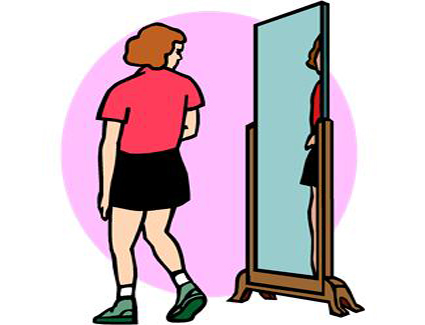 And then understanding, wow, we’ve got a real problem with self-esteem issues with women, no matter whether they are professional models or whether they are what society says is not attractive, which is really the reason why I decided to come up with this empowerment line for women.
And then understanding, wow, we’ve got a real problem with self-esteem issues with women, no matter whether they are professional models or whether they are what society says is not attractive, which is really the reason why I decided to come up with this empowerment line for women.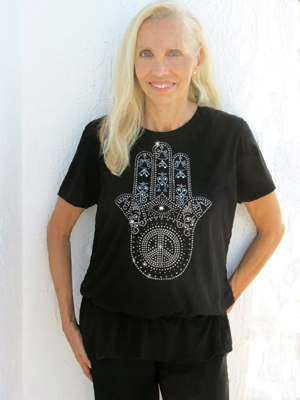 … gorgeous pictures that you see – there’s a makeup artist that works on you an hour, a hairdresser that works on you an hour, best photographers, best assistants, best lighting. They take five hundred pictures, if not more. So, it’s really an illusion.
… gorgeous pictures that you see – there’s a makeup artist that works on you an hour, a hairdresser that works on you an hour, best photographers, best assistants, best lighting. They take five hundred pictures, if not more. So, it’s really an illusion.
 Diane Narrative
Diane Narrative Diane Narrative
Diane Narrative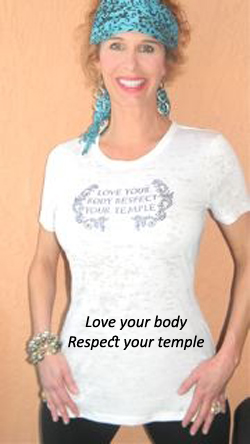 … you put on a T-shirt, a Lovable Tee that says, ‘I am worthy,’ ‘I’m the star in my life and love’s got my back.’ Well, love’s got my back because I have to know that I’m worthy. And I’m not talking from an egotistical standpoint. I’m simply talking, you know what?
… you put on a T-shirt, a Lovable Tee that says, ‘I am worthy,’ ‘I’m the star in my life and love’s got my back.’ Well, love’s got my back because I have to know that I’m worthy. And I’m not talking from an egotistical standpoint. I’m simply talking, you know what? 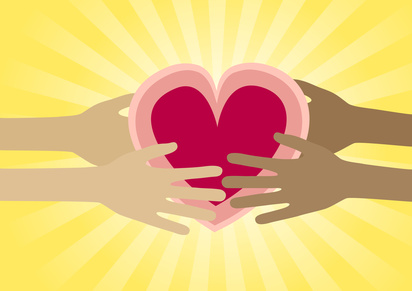 One of the things I’m asking your audience to do is create time to be charitable, to give back … And, if you don’t have a dollar to do so, then maybe you may want to think about giving back of your energy, like hopefully something that you and I are doing inside this conversation might help somebody in some way.
One of the things I’m asking your audience to do is create time to be charitable, to give back … And, if you don’t have a dollar to do so, then maybe you may want to think about giving back of your energy, like hopefully something that you and I are doing inside this conversation might help somebody in some way. Sabrina’s Mission can be summed up as follows:
Sabrina’s Mission can be summed up as follows: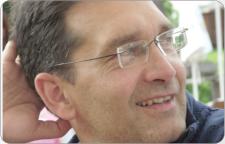 This article is from an interview with Heiko Martens-Sholz, who uses music, rhythm, language to create mind imagery through a scientific method that helps us achieve goals through sound motivation.
This article is from an interview with Heiko Martens-Sholz, who uses music, rhythm, language to create mind imagery through a scientific method that helps us achieve goals through sound motivation.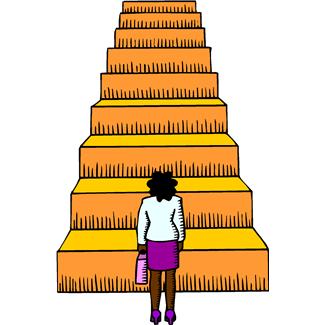 What we do if we are considering to change something in our lives … for ways to reset our mindset or reset our routines in everyday life… That puts us into a certain stress level because, to achieve that change, we have to become very active. And in [much] scientific research … in motivational psychology, scientists found out that, to make the first step towards change is a big obstacle. And even the final step is a big obstacle.
What we do if we are considering to change something in our lives … for ways to reset our mindset or reset our routines in everyday life… That puts us into a certain stress level because, to achieve that change, we have to become very active. And in [much] scientific research … in motivational psychology, scientists found out that, to make the first step towards change is a big obstacle. And even the final step is a big obstacle.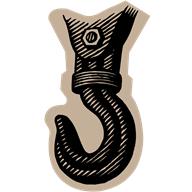 A lot of people do the first step to change something. But when it gets to the final step to receive the reward of change…like to …lose weight on a constant level, they lack to do the final step. And that’s because the brain/mind system is … referring to systems and experiences that the [brain/mind] system had before. It’s very hooked on the past. It’s hooked on repeating past experiences.
A lot of people do the first step to change something. But when it gets to the final step to receive the reward of change…like to …lose weight on a constant level, they lack to do the final step. And that’s because the brain/mind system is … referring to systems and experiences that the [brain/mind] system had before. It’s very hooked on the past. It’s hooked on repeating past experiences.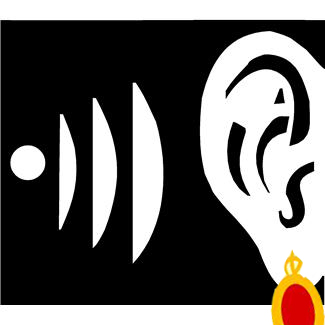 Heiko
Heiko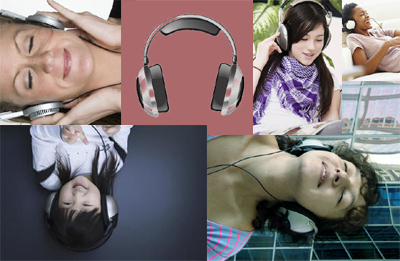 Diane
Diane





